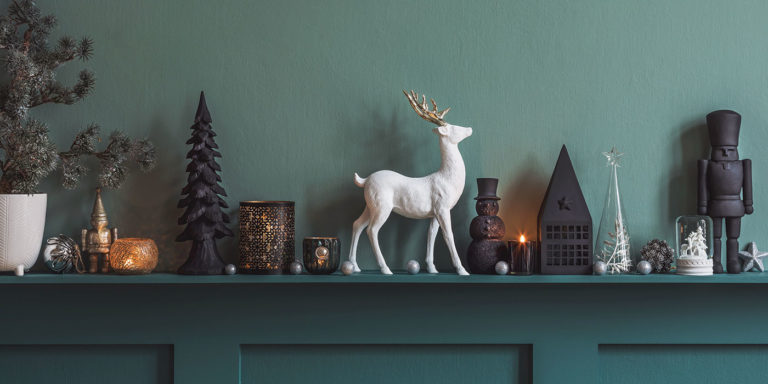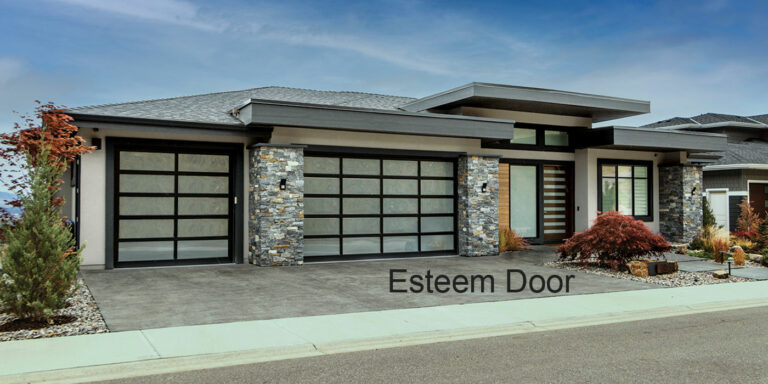Drywall installation mistakes can be costly, often requiring additional materials and time to fix. Whether you’re a first-time drywall installer or an experienced DIYer, hanging drywall is straightforward, but it’s the small details that make a project look professionally finished. Below are seven common drywall mistakes and tips on how to avoid them.
1. Sloppy cuts
This is perhaps the most common rookie mistake. Drywalled walls that have large gaps between panels or uneven edges can be difficult to hide at the mudding and taping stage. Using small pieces of drywall instead of full panels can compromise the wall’s stability. Drywall is easy to cut so use the builder motto and measure twice, cut once. For clean, straight cuts, use a straight edge and a sharp utility knife to score the drywall, snap it along the scored line and then cut the paper on the opposite side.
2. Incorrect screws
Drywall screws are specifically designed for drywall applications. They are available in different lengths depending on the thickness of the drywall. They also come in 2 different threads: one for wood studs and the other for metal studs. Using the incorrect screws can lead to a less secure hold, popped screws and a less professional finish.
3. Driving screws too deep
Overdriving screws into the drywall panel can break the paper surface and crack gypsum core. This can reduce the hold and cause screws to eventually pop out of the wall. Screws should be driven just deep enough that the head is slightly below the surface and the drywall paper is intact.
4. Incorrect screw spacing
Placing screws too far apart can cause the drywall to sag or loosen over time. Screws too close together can weaken the integrity of the drywall panel. The common practice is placing screws every 12 inches on the interior of the panel and every 6 to 8 inches along the edges.
5. Unstaggered joints
Aligning drywall panels in straight lines across the wall can create weak points and visible seams especially in corner joints. No amount of taping and mudding will be able to disguise this pattern. Instead, stagger the drywall sheets similarly to floor or deck boards. When finished installing one row of drywall panels, start the next row with a half panel of drywall so that the joints don’t line up to the row already installed.
6. Not using corner bead
Skipping the corner bead on outside corners will give you weak corners that are prone to damage from traffic. Corner bead, made from metal or vinyl, is a rigid, protective edge that provides a clean, even surface for applying compound.
7. Improper taping and mudding
Rushing through the taping and mudding stage will result in visible seams and a less than successful finish. Always use drywall tape to cover joints and seams. For most drywall finishing, three coats of mudding are typical. The first coat embeds the drywall tape and covers the screw heads. Then when dry, mud edges are feathered with sandpaper (start with course grit sandpaper, finish with fine). For the second and third coats, mud continues to be built up over the joints and screw heads and the edges feathered out with sandpaper. Each layer has to be smooth before moving on to the next. The final mud layer is sanded with very fine grit sandpaper, then the entire wall surface is vacuumed to remove the accumulated fine drywall dust.
Find the right drywall tools and materials from trusted brands at your local TIMBER MART. From drywall screws to finishing supplies, our experts are here to provide tips and guidance to help you achieve a professional, flawless finish on your next project.



